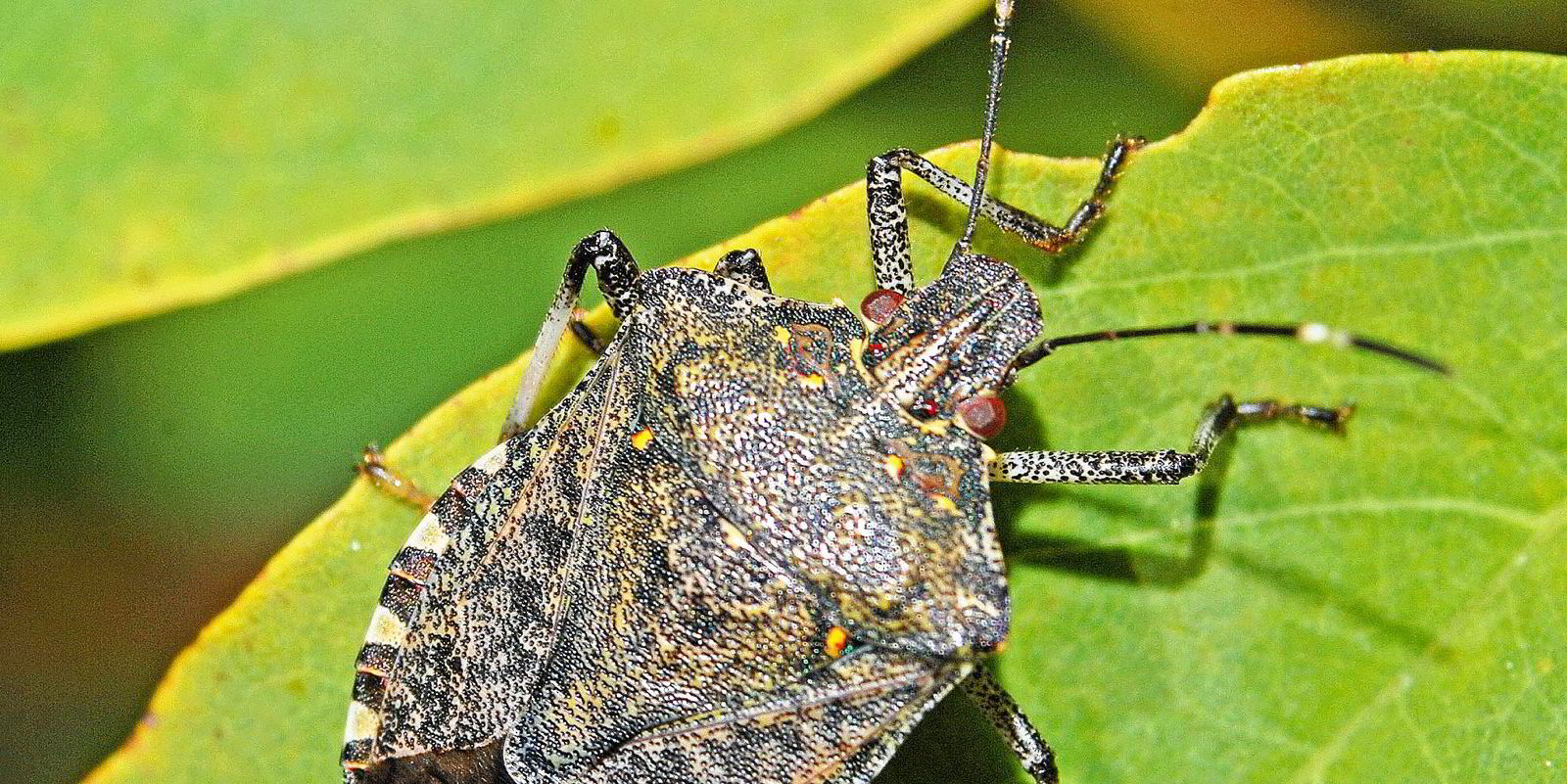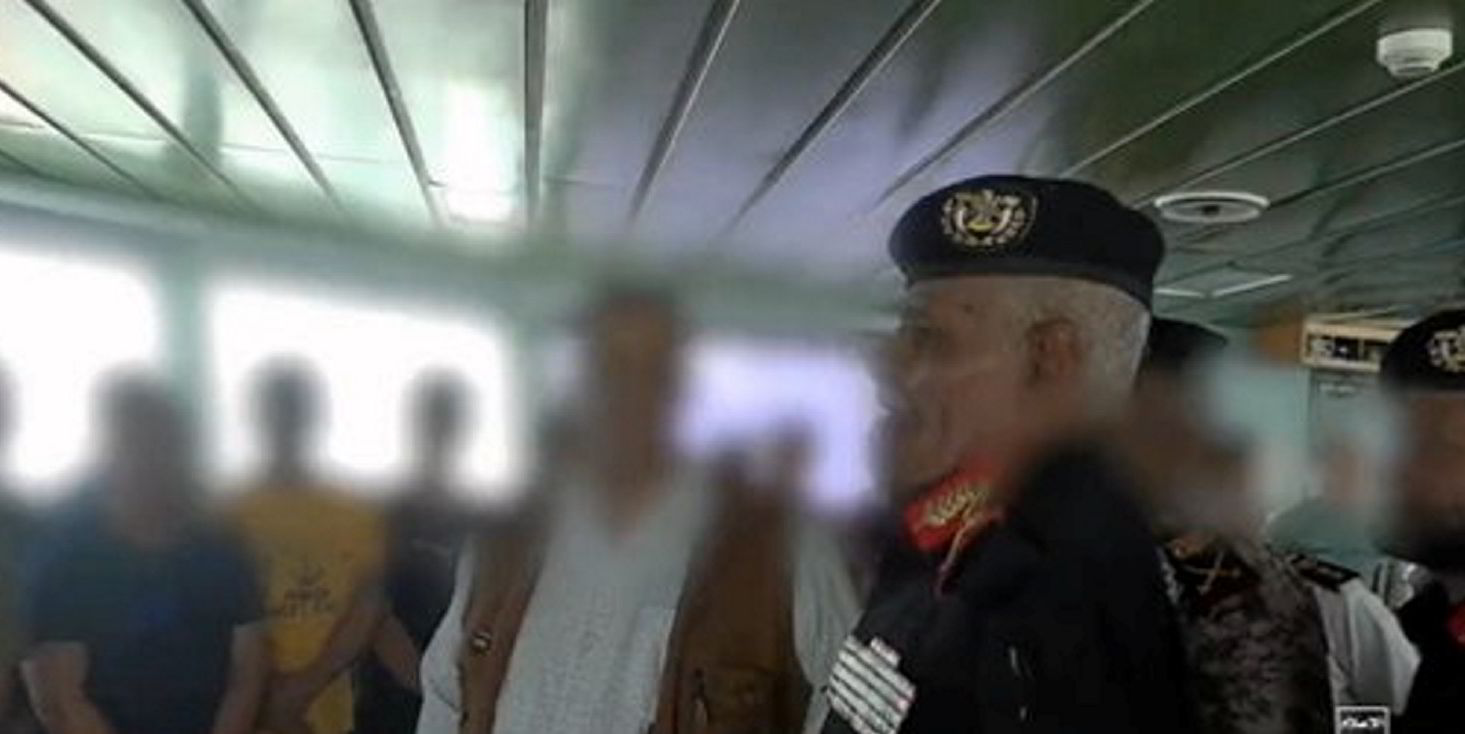A Hyundai Glovis-operated car carrier has lost valuable time after being sent back from Australia to China due to the presence of stink bugs on board.
The 6,697-ceu Glovis Caravel (built 2012) finally arrived back at the Shanghai Nangang terminal last week after receiving its marching orders from Australia’s Department of Agriculture, Fisheries & Forestry because of a “biohazard”, according to Dan Nash, head of container, ro-ro and ropax at VesselsValue.
This resulted in about 72 days of lost voyage time, including 62 days waiting in Australia, he said, describing it as a “disaster”.
The Daily Mail reported that the ship was carrying a cargo of new Tesla cars.
The vessel had been circling off Brisbane, Queensland since 22 October as the crew battled to fumigate it, the newspaper said.
Most of the load was still on board as the ship left Australian waters, it added.
The government said multiple biohazard risks had been found on board, including an outbreak of yellow spotted stink bugs.
The insect poses a “significant threat to Australia’s plant health and environment because of the damage it can do to agriculture crops, fruit and ornamental trees”, the department said.
An email from Tesla seen by the Daily Mail told car buyers the Glovis Caravel was required to return to Shanghai for “further processing prior to re-entering an Australian port”.
Looking at options
“We are actively investigating all available options to get your Model Y to you as soon as possible,” the company added.
The ship is owned by Ray Car Carriers of the Isle of Man.
Nash said the vehicle carrier sector is getting seriously squeezed by increased diversions via the Cape of Good Hope from Asia, adding tonne-miles and transit times for original equipment manufacturers (OEMs) short on ro-ro capacity.
“At least OEMs are not getting hit with 100% freight rate increases like spot customers in the container sector, which must provide some comfort,” he added.
Not all operators are avoiding the Red Sea due to Houthi attacks on shipping, however.
Nash believes vessel operators with more spot exposure are likely to win in earnings terms over the next two months, compared with peers allocating more than 85% of their capacity to long-term contracts.




